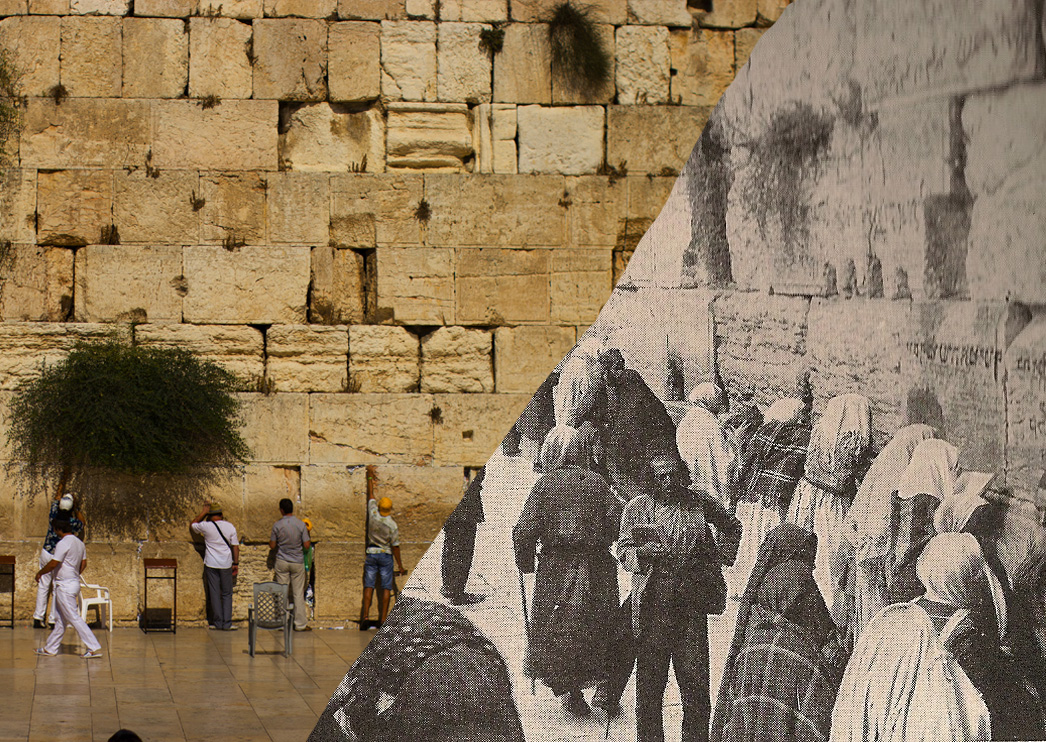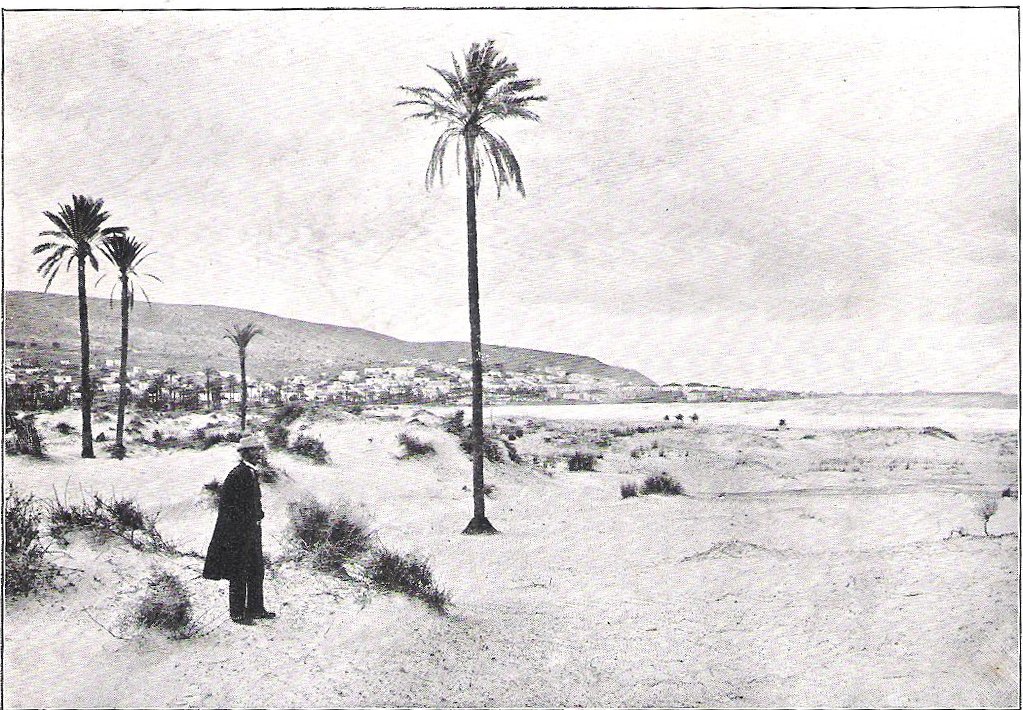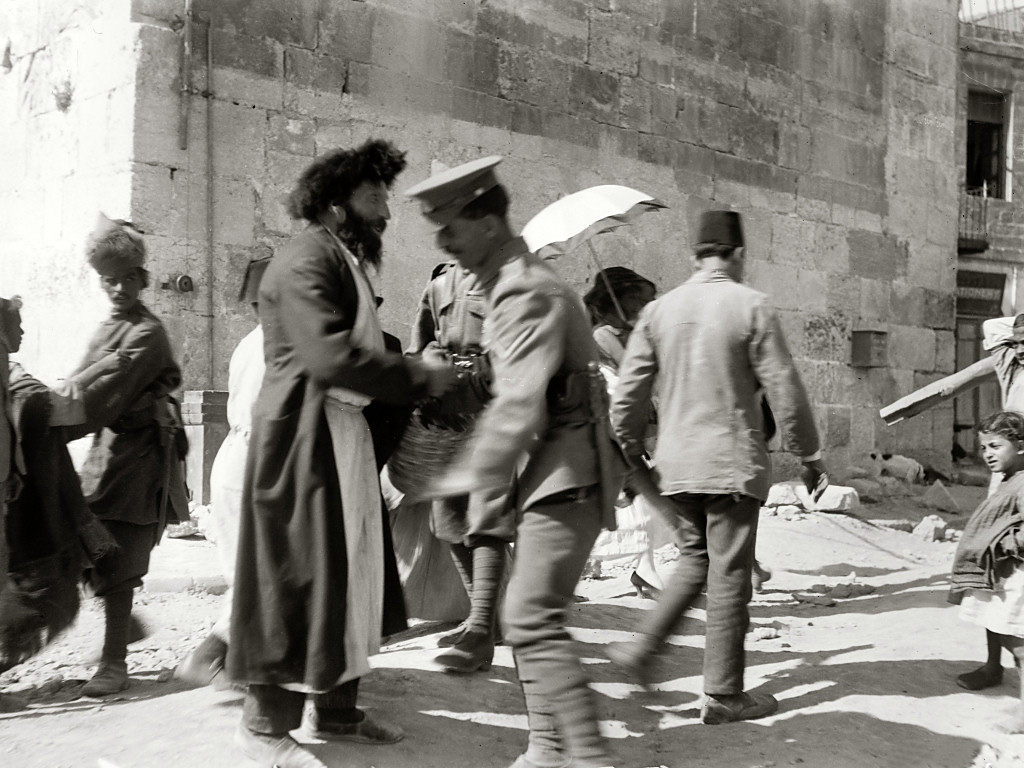A massively important result of personal travel is the gaining of a deeper understanding and becoming a stronger citizen of the unified world. To that end, I want to shed light on one of the lesser understood theaters of modern war, the Israel-Palestine Conflict. Most people don’t fully understand where or how this nearly century long battle started, and in this particular conflict, the origin story is one of the most important parts to understand.
I have my own opinions about Israel, but I am presenting only the facts that lead to the establishment of the modern state and in turn the actions that created the current ongoing war in the region. It is not a simple story and there are numerous theories that all have a place in the greater understanding of the situation, which make for very interesting continued reading, but here I only want to present the unbiased, irrefutable facts from which you can draw your own conclusions and make your own decisions as to how you view the current situation. Also understand that this is just the beginning and like all timelines, things have grown more complicated in the decades since its origin.
A Movement
Like most stories that have complicated the recent history of the world, the British Empire is heavily involved, followed by US intervention. Notice that two of the biggest players in this history are only tacitly involved in the modern situation. However, our timeline begins slightly before their intervention…
 For over two-thousand years, there was no specific ‘Jewish State’, but, in general, the modern area known as Israel had a continuous prominent Jewish populated. We pick up right at the end of the Ottoman Empire. In the late-1800’s, there was a undeniable Jewish presence in what was then Palestine (now Israel), then under Ottoman control.
For over two-thousand years, there was no specific ‘Jewish State’, but, in general, the modern area known as Israel had a continuous prominent Jewish populated. We pick up right at the end of the Ottoman Empire. In the late-1800’s, there was a undeniable Jewish presence in what was then Palestine (now Israel), then under Ottoman control.
As antisemitic sentiment grew throughout Europe, Jews fled the continent, the majority to the US as well as many to the Ottoman Empire. Now, while the number of Jews entering Palestine was much smaller than the Jewish immigration into other countries, the idea of a settling and establishing a state in Palestine (which Jews reference as ‘the Holy Land’) began to flourish throughout the religion, especially amongst Russian Jews.
Soon, the belief in a foundation of a Jewish State (known as Zionism) became a fundraising and ideological rally cry. The First Zionist Congress openly sought to establish a recognized Jewish Homeland in Palestine and immigrants/settlers increased their influx into the region. The idea of settling in the land and creating a new state was so popular that there was a formal plan created for systematic settlement. With the increase of nationalistic/Zionistic Jews, immigrants to Palestine were able to revive the Hebrew language and begin programs (such as schooling and healthcare) specifically for Jews, heavily backed by international donations.
It wasn’t until World War I that the movement got international backing outside of the Jewish faith….that’s when the British decided that having the Jewish power on their side would be beneficial to their war efforts and that their support of a Jewish State might rally enough support to the British cause that the US would have to get involved in the war.
International Intervention
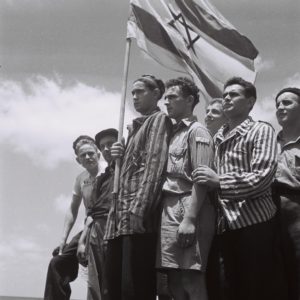 In a letter that became known as the Balfour Declaration of 1917, the British Government formally stated their support for the foundation of a ‘national Jewish home’ (not Jewish State) in the area of Palestine, which ultimately would fall under British control. It’s important to point out that British support didn’t mean the establishment of a new Jewish State, it just meant that Britain was supporting the idea of its creation and would aid to a point.
In a letter that became known as the Balfour Declaration of 1917, the British Government formally stated their support for the foundation of a ‘national Jewish home’ (not Jewish State) in the area of Palestine, which ultimately would fall under British control. It’s important to point out that British support didn’t mean the establishment of a new Jewish State, it just meant that Britain was supporting the idea of its creation and would aid to a point.
British forces were able to push the Ottoman Empire out of the area of Palestine, and the British command of the land and its separation from the Ottoman Empire became ratified in 1922 by the League of Nations, in the British Mandate, which was the international community recognizing Palestine and Britain’s control (control that it was agreed wouldn’t expire until 1948).
Keep in mind that as all these lines were drawn, literally in the sand, the world is reacting :
- The actual state of Palestine is not represented in the League of Nations.
- Jews are continuing to flee rampant antisemitic persecution and murder in Europe and Russia
- The US enacts an immigration blockade against people of the Jewish faith. Giving them very few destinations for escape.
- There are still droves of Jewish immigrants settling in the country, many illegally – according to British immigration quotas.
- There are Arab riots over the changing landscape of the land.
The changing landscape of Palestine and increasing political and social unrest lead to the growth of Palestinian Nationalism, and revolts both against the Zionist movement and British rule. This period was met with international proposals to divide the country into separate Arab and Jewish ‘zones’, but each plan was ultimately rejected by the populous of Palestine. From the political unrest came the White Paper of 1939, in which the British stated a “Jewish State had be created” and that Palestine should move to autonomous control jointly governed by Jews and Arabs within 10 years.
World War II changed the political balance, Britain backed off support of the Jewish state and attempted to appease the Arab contingent, making Jews in Palestine fear the motives of the British, and the numbers of ‘homeless’ Jews skyrocketed following the Holocaust. With outbreaks of guerrilla warfare from Zionist (pro-Jewish state) rebels in Palestine against the British rule, the international committee stepped in to solve the problem in the form of United Nations action.
A Decision
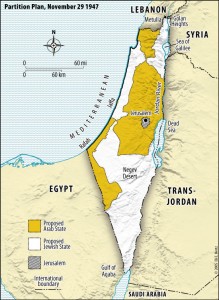 The UN’s ‘Partition Plan’ is what ultimately split the land of Palestine into a Jewish State and a Arab State. Not the gradual balancing of powers of years of fighting (as was done in Europe for hundreds of years), not the diplomatic courtships (as was done to divide the US into states), a document was drawn up, largely by people not directly involved with the issue, and this piece of paper realigned the land of what had formally been all of Palestine into two separate states (which the US State Department lobbied against seeing that this could lead to war, but the President largely ignored).
The UN’s ‘Partition Plan’ is what ultimately split the land of Palestine into a Jewish State and a Arab State. Not the gradual balancing of powers of years of fighting (as was done in Europe for hundreds of years), not the diplomatic courtships (as was done to divide the US into states), a document was drawn up, largely by people not directly involved with the issue, and this piece of paper realigned the land of what had formally been all of Palestine into two separate states (which the US State Department lobbied against seeing that this could lead to war, but the President largely ignored).
…Then fighting broke out…
Immediately, no one, not the UN nor the British did anything to implement the partition plan. But riots and civil war started. Britain remained in the region until the end of the British Mandate in 1948. On that day Israel became a state…
…Then the War Broke Out…
The following video helps to explain the progression of the conflict following the foundation of the state of Israel, but, as you watch, keep in mind all the history that led to Israel in 1948. Don’t let the origin of the modern conflict become lost while studying the current situation, also recognize that this video is slightly slanted pro-Israel.
What do you do with this information? It’s nearly 100 years after the Balfour Declaration. Not many people involved in the roots of the conflict are still around. The situation has seemingly gotten more complicated, but only because the ideology of the opposing groups has grown more extreme, become more entrenched.
If anything, this origin story points out that the conflict started over more than hate. Viewing this at its most basic level, gives an insight that is untarnished by the modern warfare and extremist groups.
